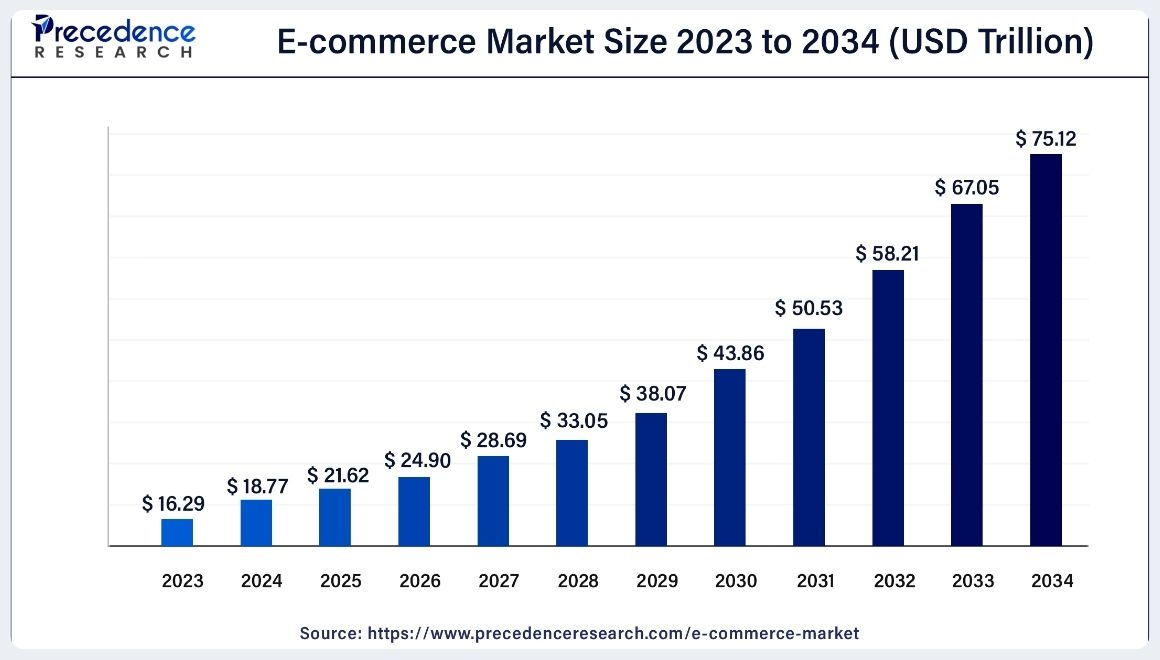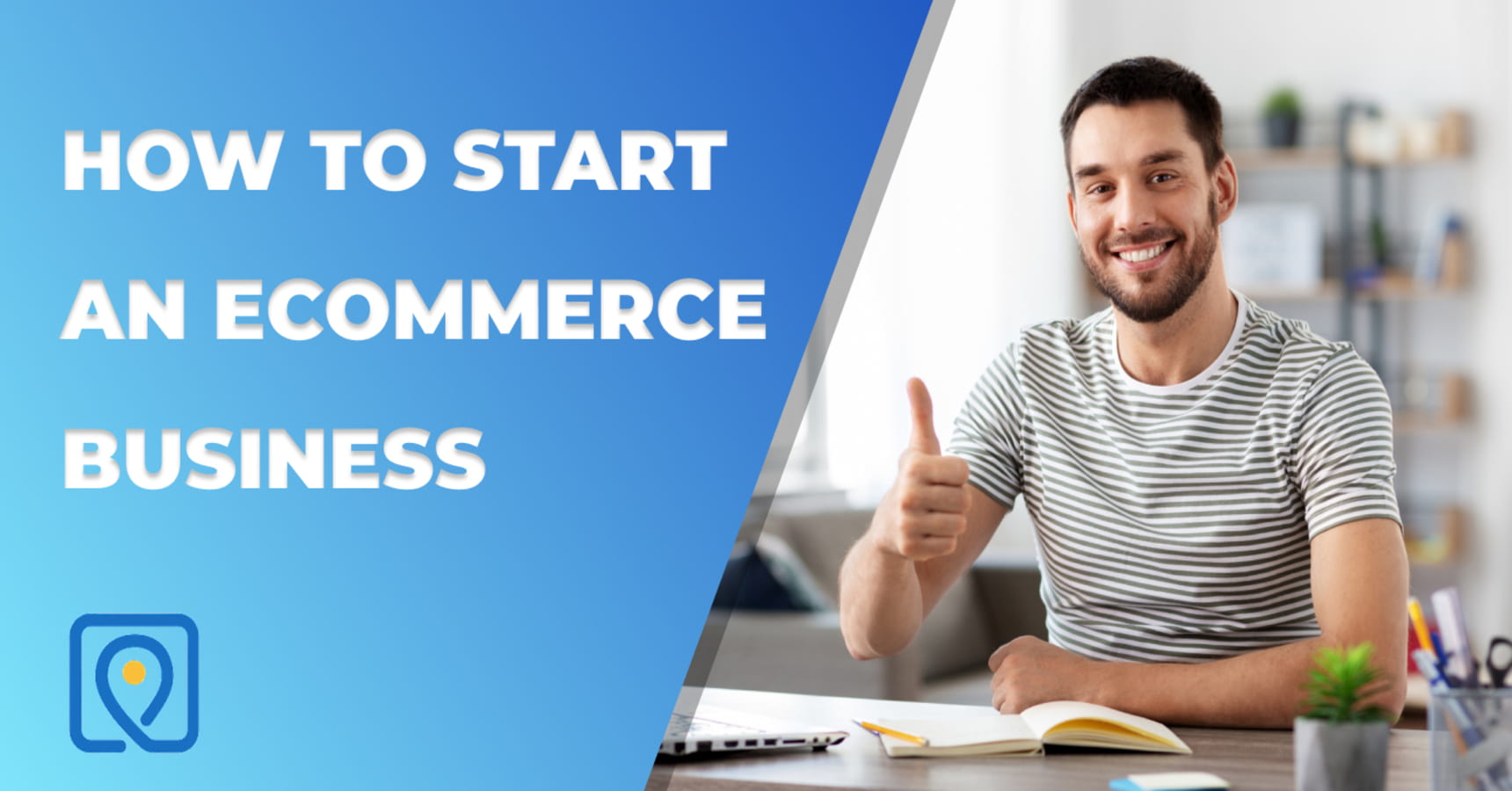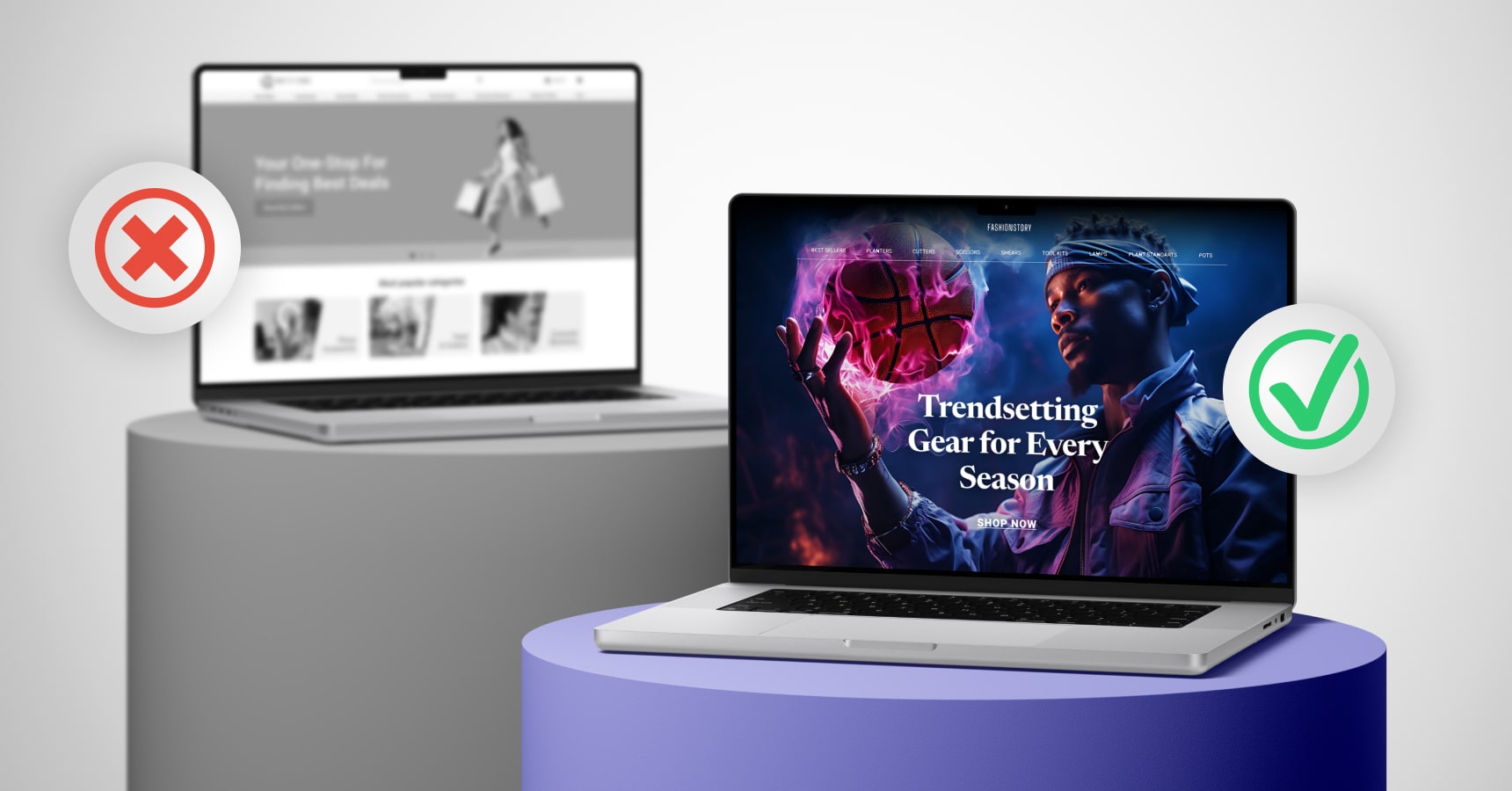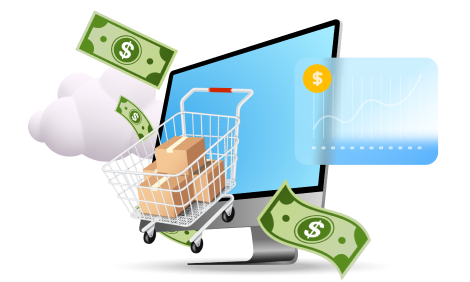In today’s digital age, starting an ecommerce business has become an increasingly popular way to enter the world of entrepreneurship. Whether you’re curious about how to start an ecommerce business on Amazon, how to start an ecommerce business with no money, or simply want to know how to start an online ecommerce business, you’re in the right place. This guide will walk you through the essential steps to get your online store up and running.

Understanding the ecommerce landscape
Before we dive into how to start an ecommerce business step by step, it’s crucial to understand the current landscape. Ecommerce has grown exponentially in recent years, with more consumers turning to online shopping for convenience and variety.

With the global ecommerce market projected to reach $24.9 trillion by 2026, there’s never been a better time to learn how to start an ecommerce business online. This shift in consumer behavior presents a golden opportunity for aspiring entrepreneurs.
Key benefits of starting an ecommerce business:
- Lower overhead costs compared to brick-and-mortar stores
- Ability to reach a global audience
- Flexibility in terms of location and working hours
- Potential for passive income
- Easier to scale compared to traditional retail

Launching an online business: Step-by-step guide
Step 1: Define your niche and product offering
The first step in how to start an ecommerce business is to identify your niche and decide what products you’ll sell. Here’s how to go about it:
- Research market trends and demand
- Identify gaps in the market
- Consider your passions and expertise
- Analyze competition in potential niches
- Evaluate profit margins for different product types
Remember, it’s often better to specialize in a specific niche rather than trying to be a jack-of-all-trades. This allows you to build expertise and stand out in a crowded market.
Step 2: Develop a business plan
A solid business plan is your roadmap to success. It should outline your business model, target audience, marketing strategy, financial projections, and operational details. This is essential whether you’re figuring out how to start an ecommerce business from home or planning to scale.
Here are key elements to include:
- Executive summary
- Company description
- Market analysis
- Product line description
- Marketing and sales strategy
- Financial projections
- Operational plan
Your business plan will not only guide your decisions but also be crucial if you’re seeking funding from investors or lenders.

Step 3: Choose your ecommerce platform
Selecting the right ecommerce platform is a critical decision when learning how to start an ecommerce business. Popular options include:
- Sellvia
- AliDropship
- Shopify
- WooCommerce (for WordPress)
- BigCommerce
Consider factors like ease of use, customization options, scalability, and pricing when making your choice. Platforms like Sellvia or AliDropship offer free trials, which is helpful if you want to explore how to start an ecommerce business for free.

Step 4: Set up your online store
Once you’ve chosen your platform, it’s time to set up your store. This involves:
- Selecting and customizing a theme
- Adding your products with detailed descriptions and high-quality images
- Setting up payment gateways
- Configuring shipping options
- Creating essential pages (About Us, Contact, Terms of Service, etc.)
Remember, your store’s design and user experience can significantly impact your conversion rates, so invest time in creating an attractive and user-friendly site.
Step 5: Establish your brand
Branding is more than just a logo – it’s the entire personality of your business. To create a strong brand:
- Develop a unique value proposition
- Create a memorable logo and visual identity
- Craft a compelling brand story
- Choose a consistent voice and tone for all communications
- Ensure your branding is consistent across all touchpoints
A strong brand can help you stand out in a crowded market and build customer loyalty.
SPECIAL OFFER
What’s holding you back?
Get your free store today and enjoy a $100 gift voucher!


Step 6: Source your products
Depending on your business model, you’ll need to source your products. Options include:
- Manufacturing your own products
- Wholesale purchasing
- Dropshipping
- Print-on-demand services
Each model has its pros and cons, so choose the one that best aligns with your goals and resources. Dropshipping is a popular choice for those wondering how to start an ecommerce business without inventory or how to start an ecommerce business with no money.
Step 7: Set up your business operations
Running an ecommerce business involves many moving parts. You’ll need to:
- Set up inventory management systems
- Establish order fulfillment processes
- Create customer service protocols
- Implement accounting and financial tracking systems
Efficient operations are crucial for providing a good customer experience and maintaining profitability.

Step 8: Develop a marketing strategy
No matter how great your products are, you need to get them in front of potential customers. Your marketing strategy might include:
- Search engine optimization
- Pay-per-click advertising
- Social media marketing
- Content marketing (blog posts, videos, infographics)
- Email marketing
- Influencer partnerships
Remember, effective marketing is about reaching the right people with the right message at the right time. Don’t be afraid to experiment with different channels to see what works best for your business.
Step 9: Launch and start selling
With everything in place, it’s time to launch your store and start selling. But remember, launching is just the beginning. Be prepared to:
- Monitor your analytics closely
- Gather customer feedback
- Make adjustments based on early results
- Continuously optimize your store and processes
Step 10: Scale and grow your business
As your business gains traction, you’ll want to focus on scaling and growth. This might involve:
- Expanding your product line
- Entering new markets
- Improving your customer retention strategies
- Automating processes to increase efficiency
- Hiring staff to handle increased demand
Remember, growth should be sustainable. Don’t scale faster than your operations and cash flow can handle.

Starting an ecommerce business: Common challenges
While learning how to start an ecommerce business is exciting, it’s important to be aware of potential challenges:
- Standing out in a crowded market
- Managing cash flow, especially in the early stages
- Dealing with shipping and logistics
- Providing excellent customer service
- Keeping up with technology and platform changes
- Handling returns and exchanges efficiently
- Maintaining inventory accuracy
Being prepared for these challenges can help you navigate them more effectively when they arise.

Starting an ecommerce business: Tips for ecommerce success
To increase your chances of success:
- Focus on providing excellent customer service
- Continuously optimize your website for better user experience and conversion rates
- Stay up-to-date with industry trends and technologies
- Build a strong social media presence
- Leverage customer reviews and testimonials
- Offer a seamless mobile shopping experience
- Use data and analytics to inform your decisions
Remember, success in ecommerce often comes down to persistence, adaptability, and a willingness to learn and improve continuously.
Why Sellvia is the right choice for your ecommerce business
As you explore how to start an ecommerce business step by step, choosing the right tools and partners is crucial. This is where Sellvia comes in as a game-changer for aspiring ecommerce entrepreneurs.
Sellvia: Your all-in-one ecommerce solution
Sellvia is an innovative ecommerce ecosystem designed to simplify the process of starting and running an online store. Here’s why Sellvia stands out as the ideal choice for your ecommerce venture:
1. Ready-to-go online store
With Sellvia, you don’t need to worry about the technical aspects of setting up an online store. We provide you with a pre-built, customizable store that’s optimized for conversions and user experience. This saves you time and allows you to focus on growing your business instead of grappling with website design and development.
2. Curated product catalog
One of the biggest challenges in ecommerce is finding the right products to sell. Sellvia offers a carefully curated catalog of trending products, taking the guesswork out of product selection. These products are chosen based on market demand and profit potential, giving you a head start in your niche.
3. Marketing materials included
For each product in Sellvia’s catalog, you get ready-made marketing materials including product descriptions, high-quality images, and even promotional videos. This saves you countless hours in content creation and helps you start marketing your products right away.

4. Automated order processing
Sellvia automates the order process, from receiving the order to shipping the product. This efficiency allows you to handle a higher volume of orders without getting overwhelmed, making it easier to scale your business.
5. Autopromotion service
A thriving business consistently generates profit, and the most successful ones grow steadily without constant oversight. Since time is valuable, not every task needs your direct attention. Our autopromotion service takes care of everything – from creating ads to optimizing campaigns across platforms like Amazon, Google, Facebook, TikTok, and Instagram – seamlessly connecting your products with the ideal audience. Relax and let us handle the details while driving real results for your business!
6. Ongoing support and education
Starting an ecommerce business comes with a learning curve. Sellvia provides continuous support and educational resources to help you navigate challenges and grow your business effectively.
7. Free 14-day Sellvia trial access
But wait, there’s more! When you join Sellvia, you get full access to our all-in-one ecosystem for 14 days – completely free! This lets you start and manage your business without relying on any third-party tools. During your trial, your store will be seamlessly connected to Sellvia, giving you access to all subscription benefits, including an intuitive dashboard for effortless management.

Conclusion
Starting an ecommerce business can be a rewarding venture, offering flexibility, scalability, and the potential for significant profits. By following this guide on how to start an ecommerce business, you’ll be well-equipped to navigate the challenges and seize the opportunities in the world of online retail.
How hard is it to start an ecommerce business? Keep in mind, every successful ecommerce business began with a foundation of careful planning, dedication, and creativity – yours could be the next inspiring success story.

By choosing Sellvia as your ecommerce partner, you’re not just getting a platform – you’re getting a complete ecosystem designed to support your success in the online retail world. Whether you’re a complete beginner or have some experience in ecommerce, Sellvia’s comprehensive solution can significantly simplify your journey and increase your chances of success.






